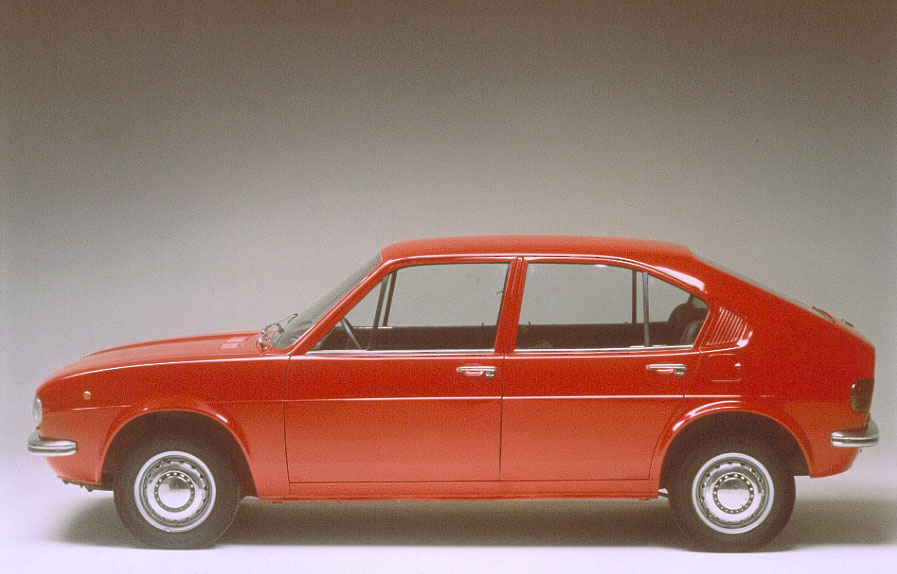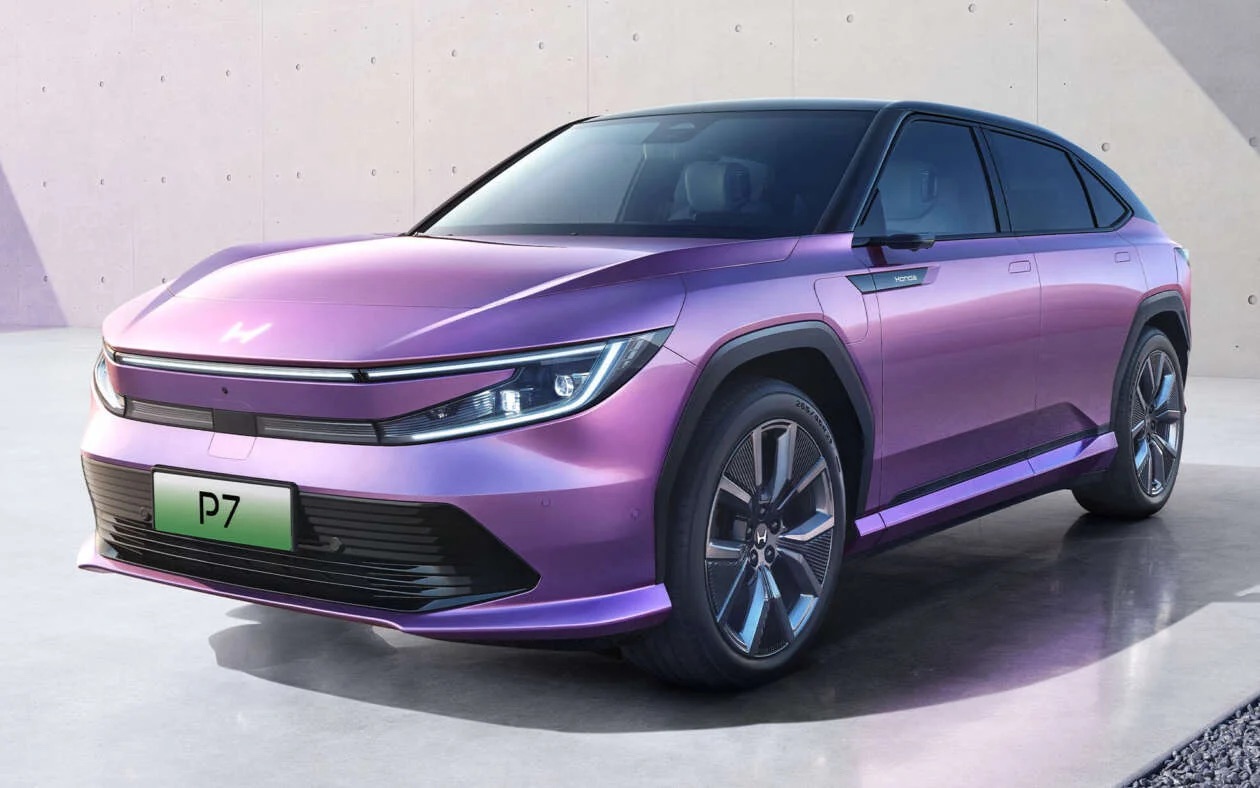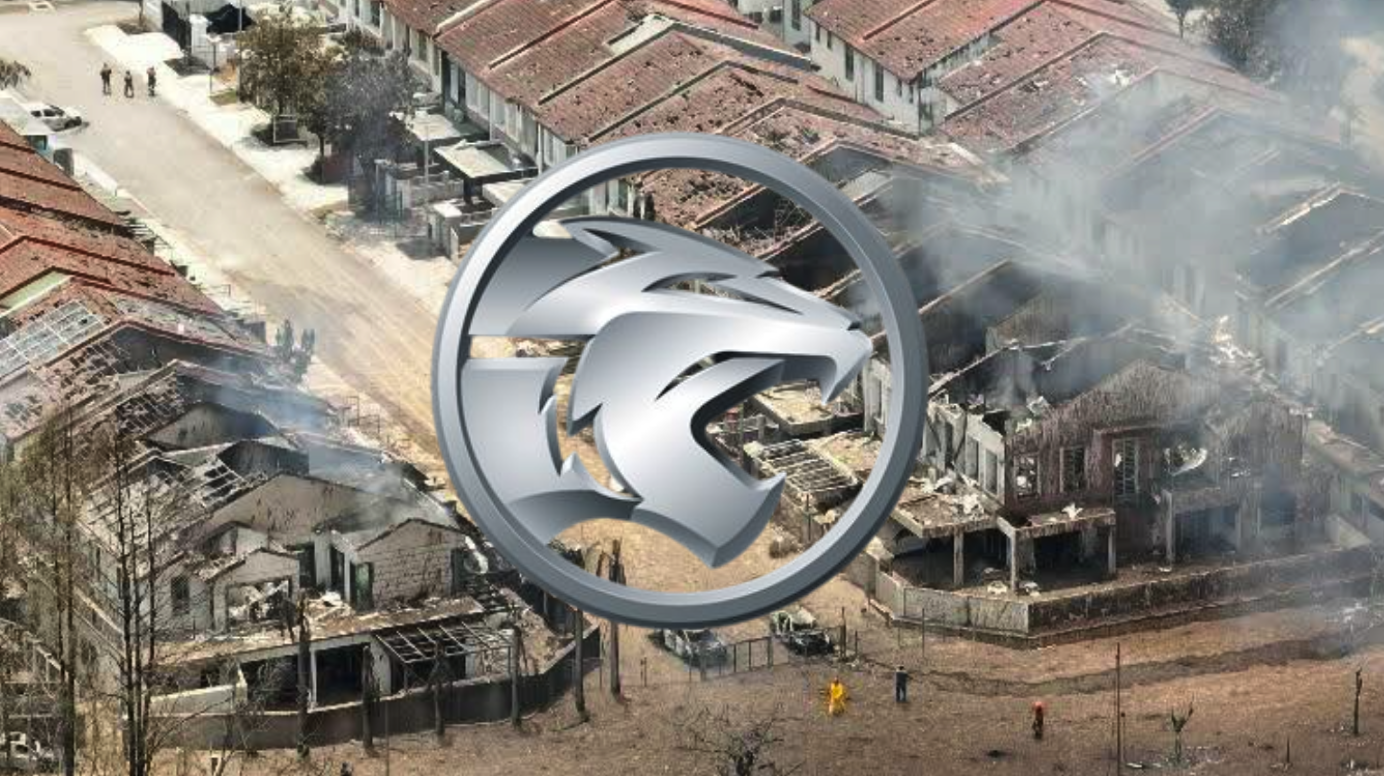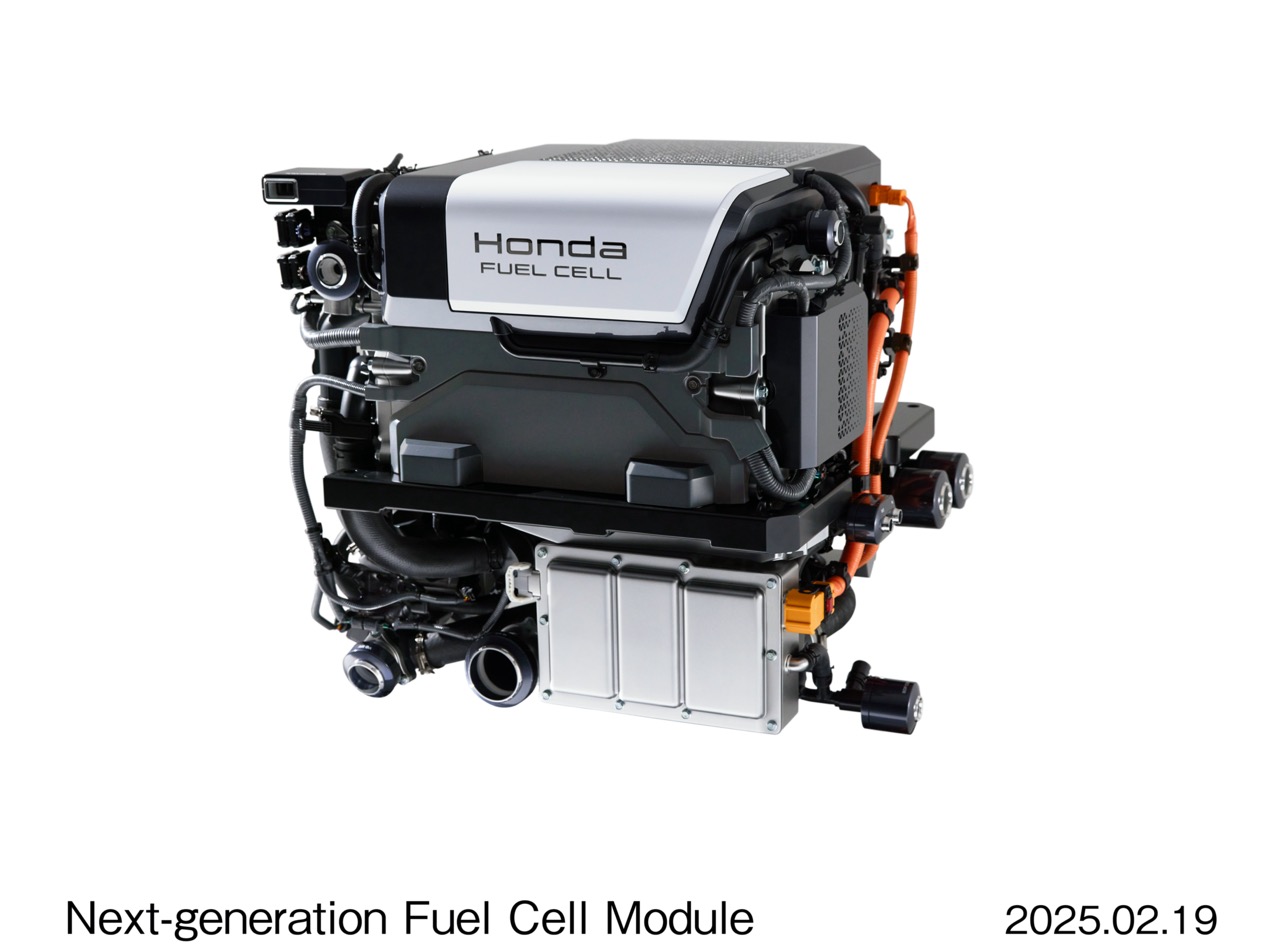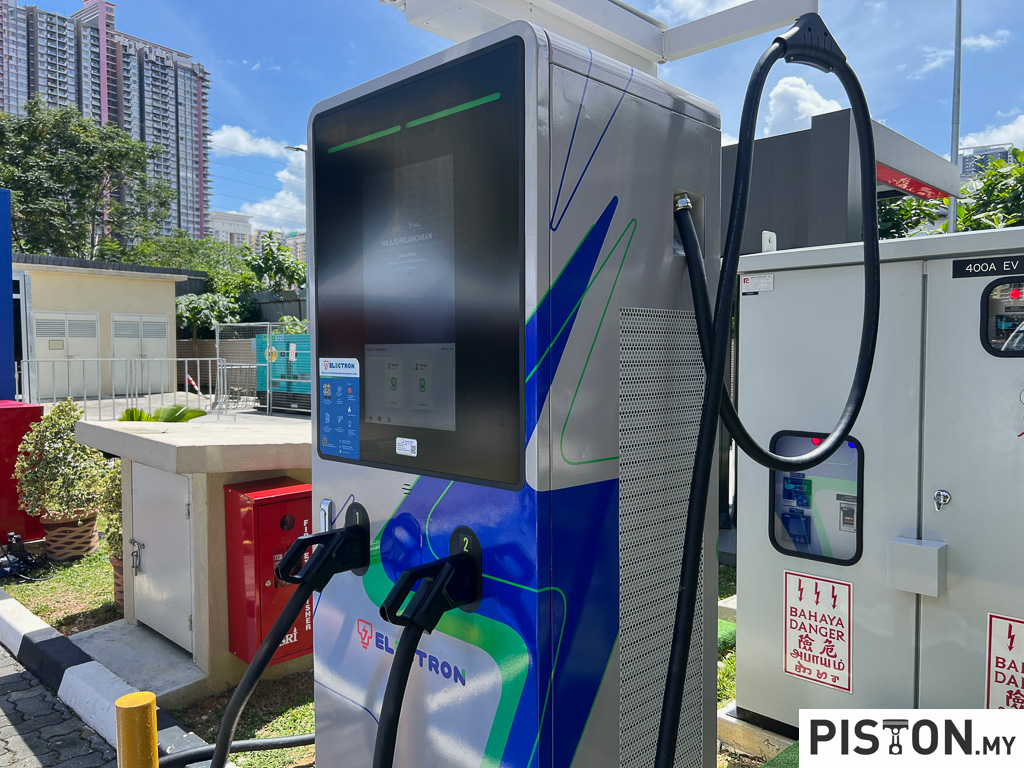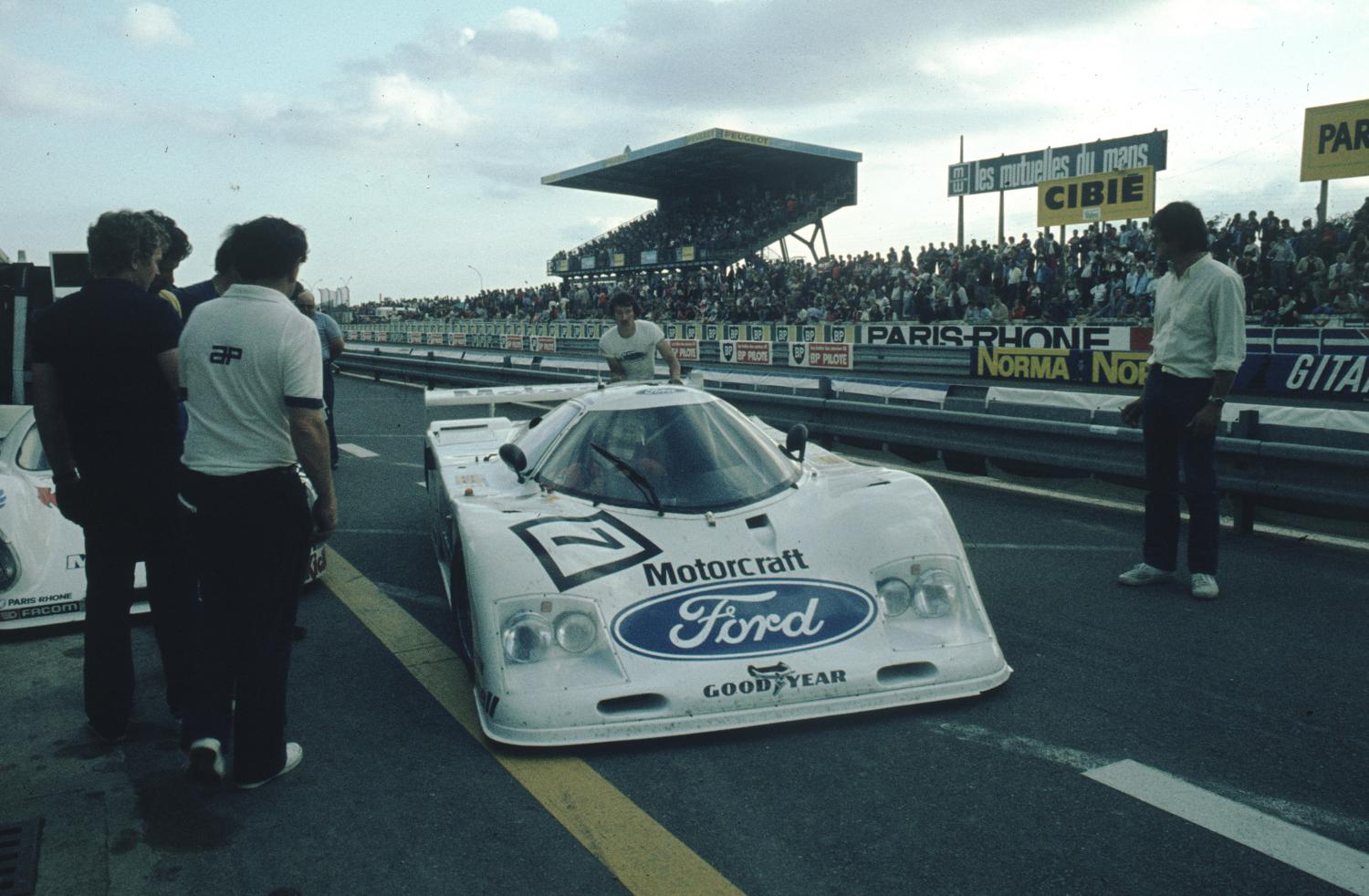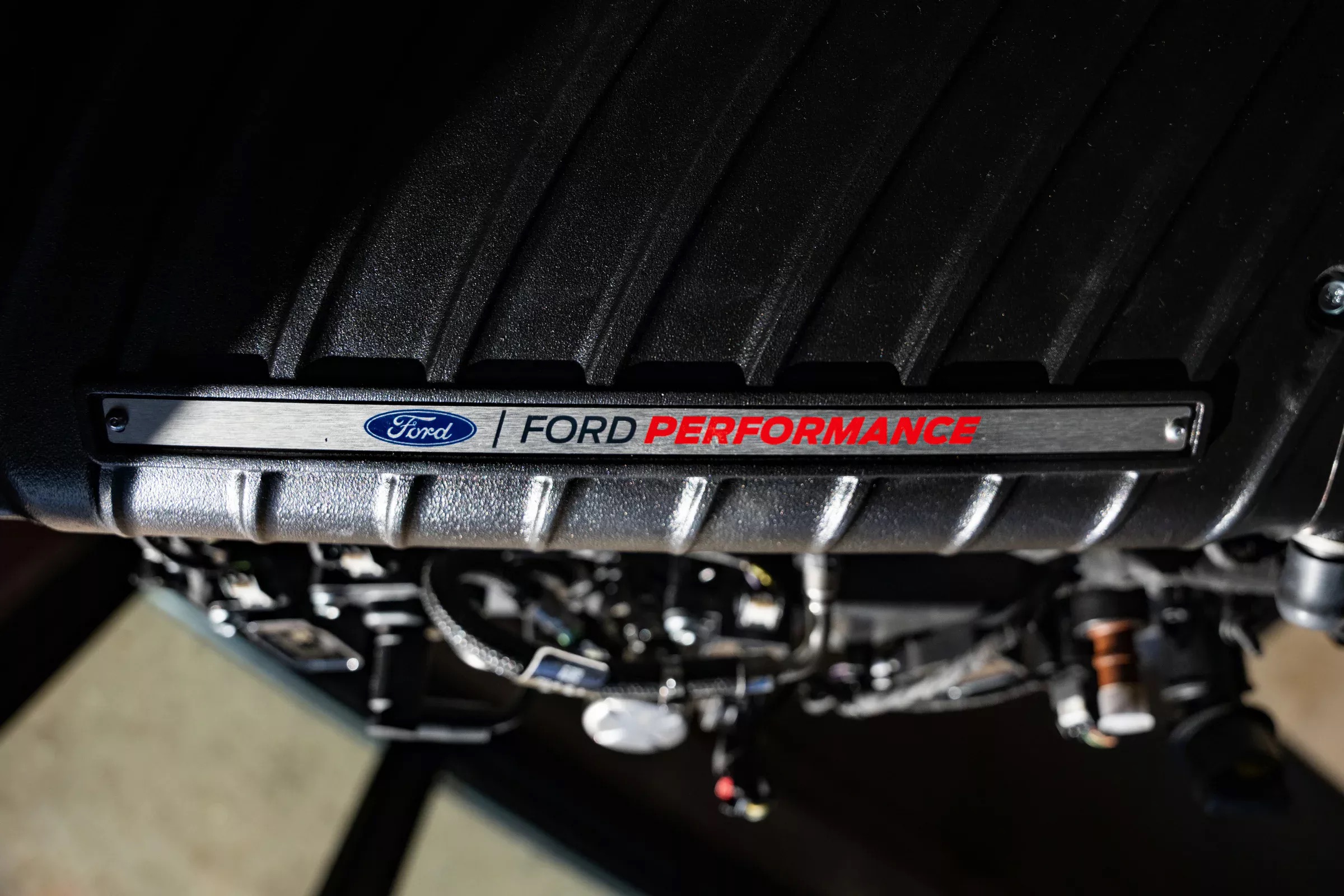Unveiled in November 1971 at the Turin Motor Show, the Alfasud was a significant new model by Alfa Romeo. Although the Volkswagen Golf, which arrived a few years later, would continue to exist to this day, the Alfasud was essentially a single generation that never had a successor of the same name.
It was nevertheless a commercial success in its time, with over a million units sold worldwide between 1971 and 1989. Besides Italy, the Alfasud was also assembled in South Africa, Malta and also Malaysia.
Local assembly in Malaysia (at the Swedish Motor Assembly plant in Shah Alam) was due to the enthusiasm of City Motors, then the importer and distributor of the brand, particularly Datuk Dr. Foo Wan Kien.
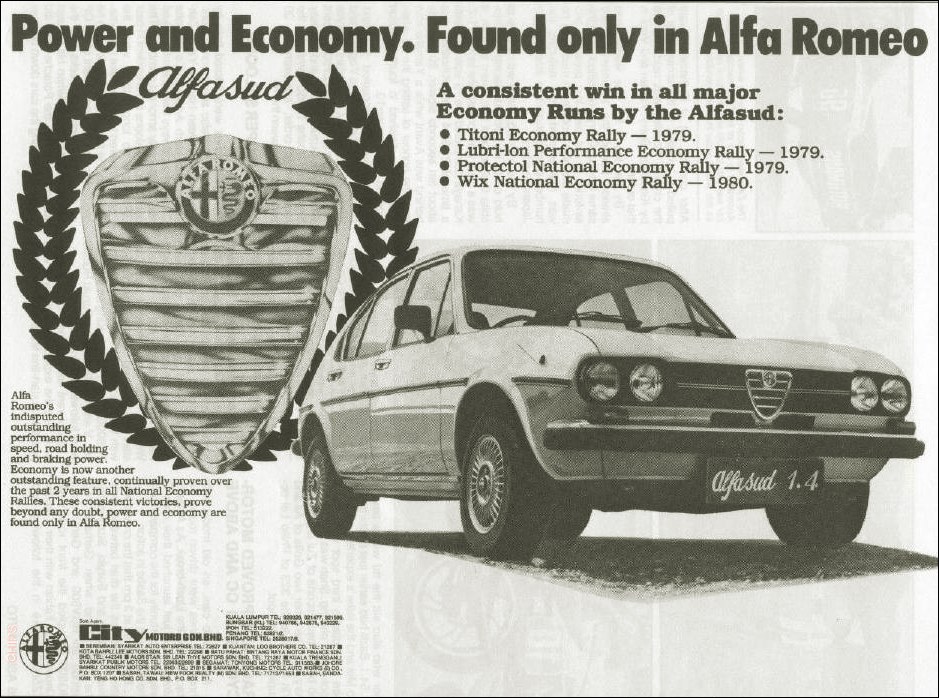
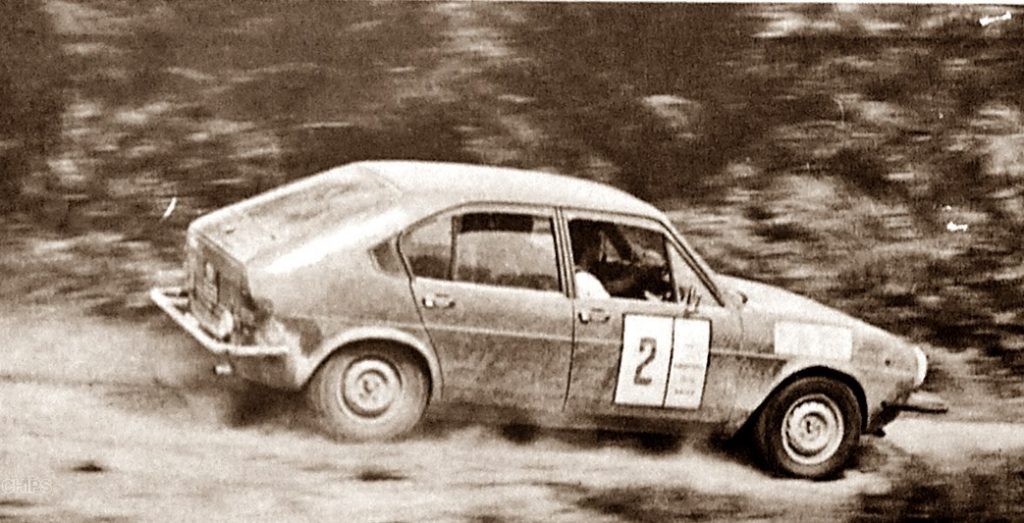
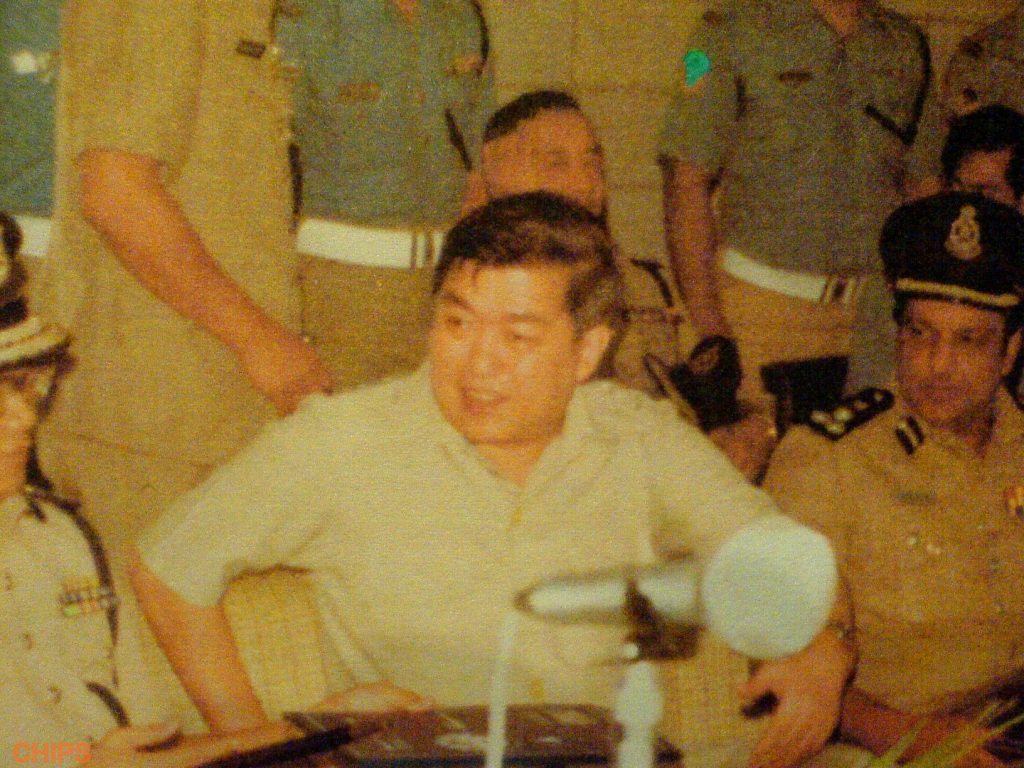
Advanced for an econobox of the 1970s
Though in what was then termed as the ‘econobox’ segment in the 1970s, the Alfasud was actually quite an advanced car, and it was Alfa Romeo’s first serious attempt at making a front-wheel drive car. It also had a water-cooled boxer engine which lowered the centre of gravity and disc brakes on all four wheels – those on the rear being uncommon then. Even the front brake discs were mounted inboard, to bring them closer to the gearbox and reduce unsprung mass for better handling.
It doesn’t help that not many are visible today because they literally ‘returned to the earth’, the rust problem having been so severe that it basically killed the product as well.
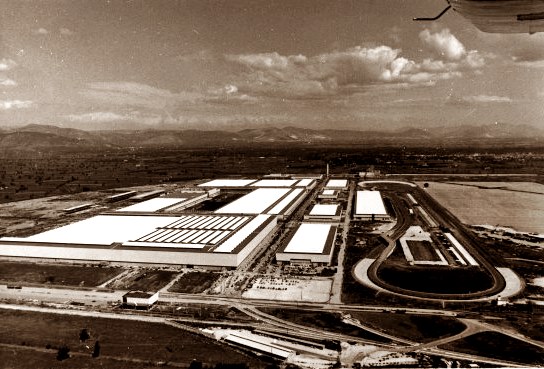
Why it was a ‘rust bucket’
So before we proceed further on the history of this car, let’s look at that dark part of the model’s story. The rust problem (which also affected Alfa Romeo’s image) was originally blamed on the poor quality of steel (or the raw materials) from Russia.
To this day, many still remember that as the main reason although it was disproved in 1977 when a team of engineers conducted an investigation into the matter.
What they found was that the rapid corrosion – which even started as the cars were being shipped – was not entirely due to the metal but due to the processes at the factory. It was a new factory in the south of Italy and the Alfasud was its first product. The workforce was not sufficiently experienced and worse, they went on strike very often.
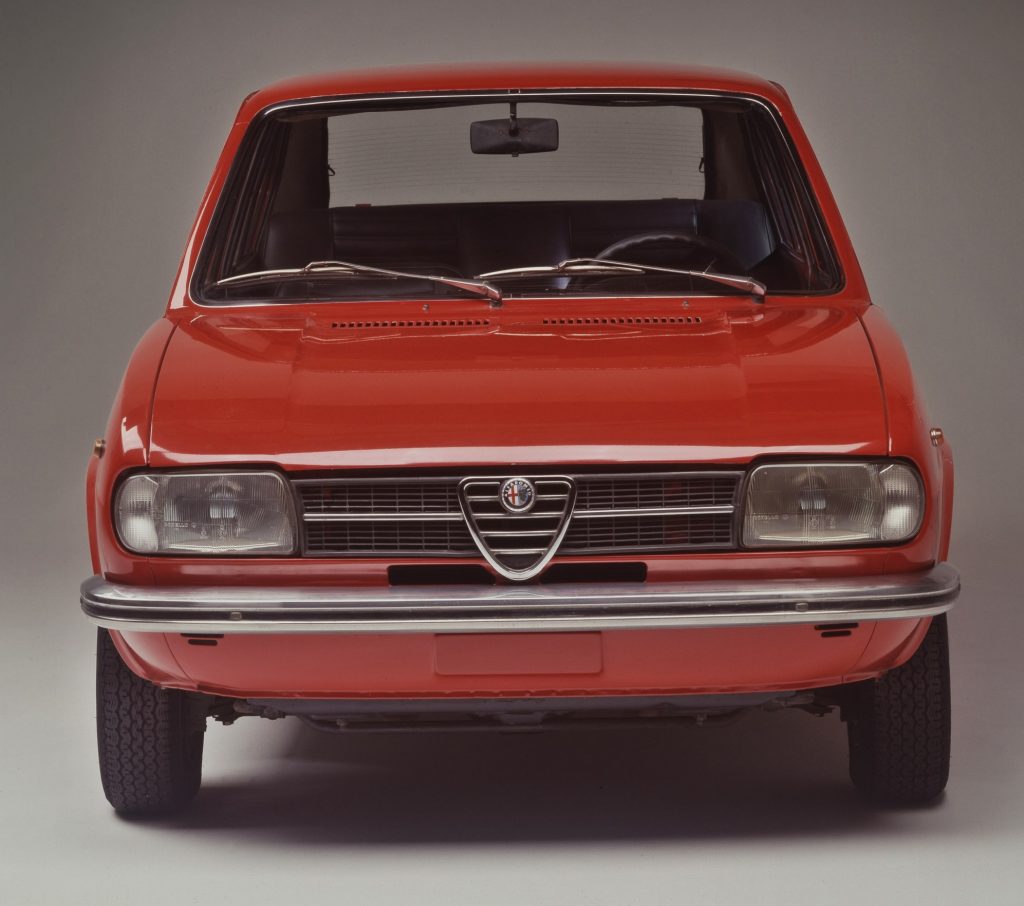
The strikes caused disruptions in production, resulting in car bodies not being properly treated as some would remain in the ovens longer than necessary or in the electro-deposit tanks for inconsistent periods. This allowed condensation to form and as the bodies were not properly protected then, rust started easily and quickly. It did not help too that unfinished car bodies were left out in the open as the factory in Pomigliano was not far from the coast.
It was only after these findings that counter-measures were taken to address the problem. Industrial relations were also improved to reduce disruptions by strikes. But even though the cars from 1978 onwards did not have a serious corrosion problem, the damage was done to the model and the brand. ‘Rust bucket’ was a term that would forever be associated with the Alfasud, along with the other Alfa Romeo models.
Its rust bucket image aside, the Alfasud was technically innovative and also fun to drive, with dynamics that Italian cars were known for. Not only did it depart from traditional Alfa Romeo philosophy but It was an important project for the company as it was taking the brand into a high-volume segment that was increasingly competitive.
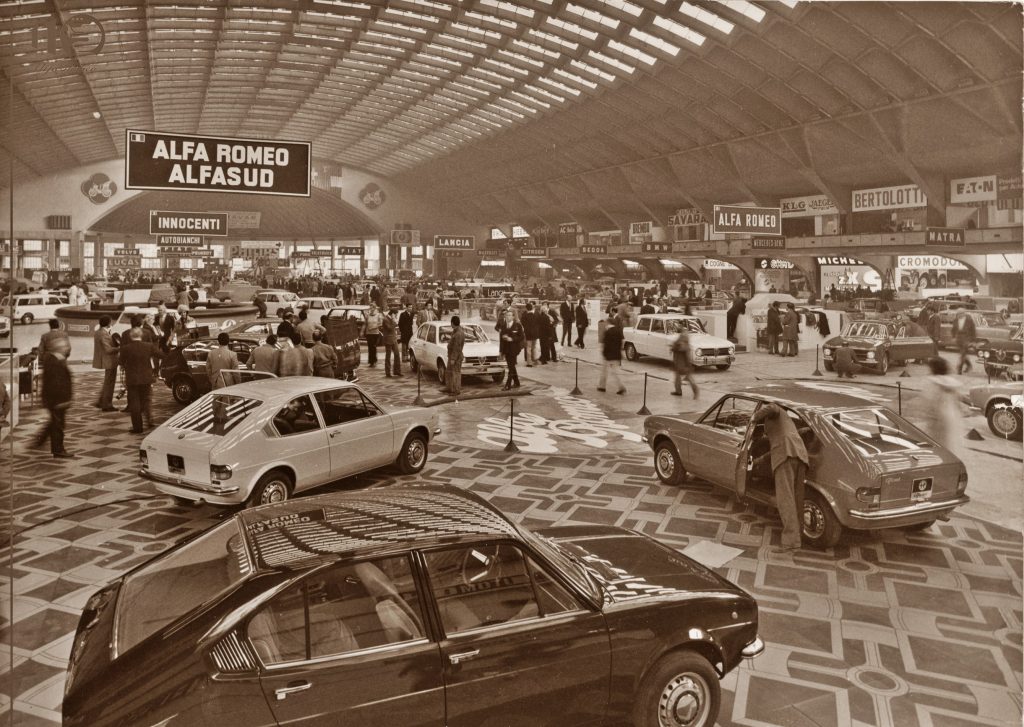
Designed in a different era
The development team that was gathered in the late 1960s included Rudolf Hruska, an Austrian engineer who had worked at Porsche and Fiat earlier. Hruska was like Alec Issigonis (father of the Mini) and Ferdinand Porsche in that he was almost totally in control of the project. Back then, these chief engineers had much power and were less influenced by management pressures.

Hruska even controlled the styling which was done by Giorgetto Giugiaro and Aldo Mantovani of the still-young ItalDesign. Giugiaro would later recall that the engineer established precise measurements for the car and would not allow deviation. Furthermore, aerodynamics were also given priority, again having a strong influence on how the car looked.
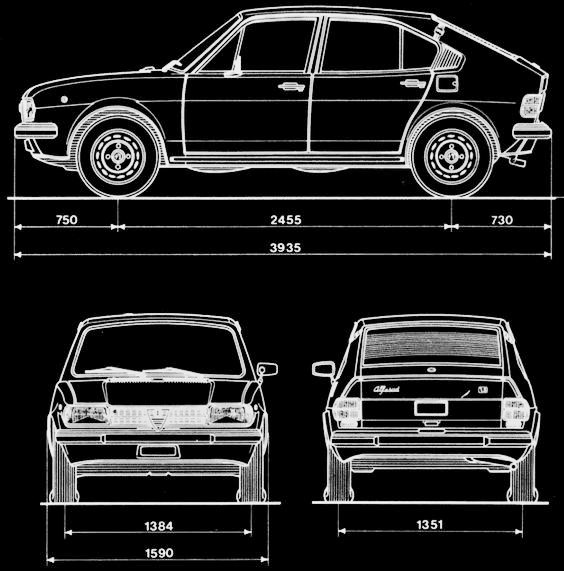
Giugiaro had begun work on the Alfasud four years before its launch, with the first sketches having been presented in September 1967. The approach taken was that the designers looked at the occupants and their requirements and then created the car around them. It was an ‘inside-out’ approach which differed from the usual way of creating the shell and then fitting people inside.

The Sprint derivative
Giugiaro would later also style the derivative Sprint coupe, a sleek version that was initially associated with the Alfasud family when it came out in 1976. But after the Alfasud started to fade away, the company decided to just call it an Alfa Romeo Sprint (from 1983), the name having been taken from ‘sprinta’, the Italian word for ‘tuned’.
Total Sprint production would account for 121,434 units of the 1,015,153 units of Alfasud produced in 18 years.
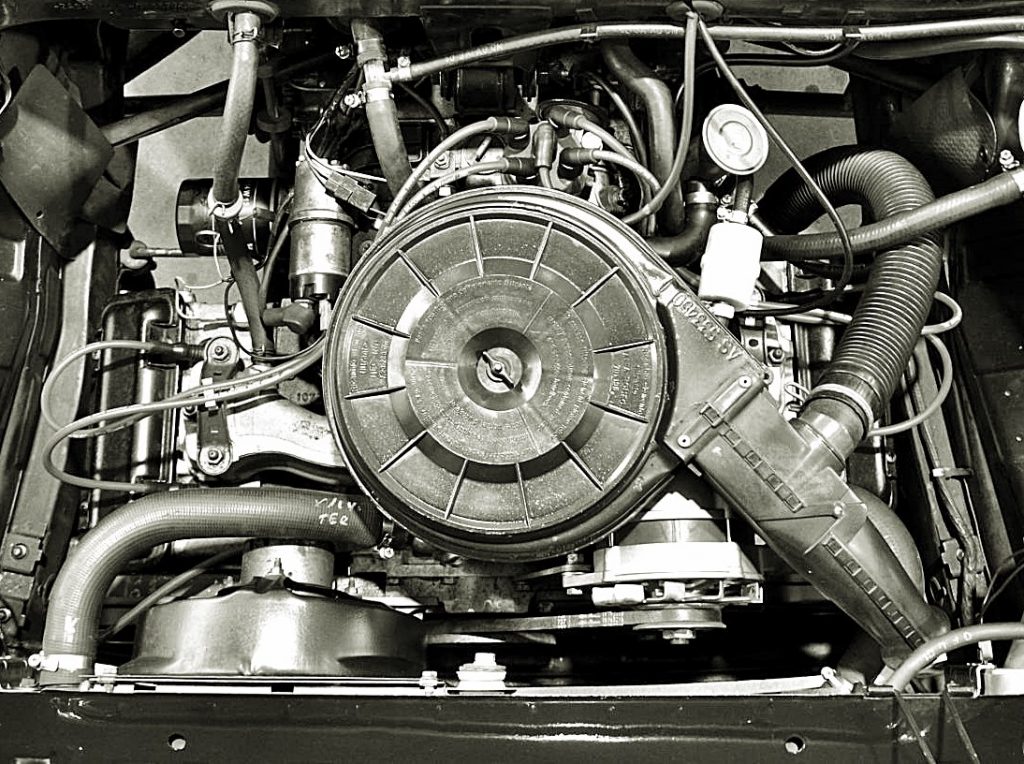
Boxer engine
The first engine in the drivetrain was an 1186 cc boxer with four opposing cylinders and a single overhead camshaft on each side. It produced 63 ps/84 Nm which was more than enough to take it to a top speed of 152 km/h as it weighed just 830 kgs at the kerb.
The displacements would continue to grow over the years, with the chassis still able to handle the increasing power. The largest displacement (also a boxer engine) was 1.7 litres but only the Sprint got it while the Alfasud’s largest powerplant was 1.5 litres with an output of up to 105 ps.

Not a real hatchback initially
The Alfasud, though looking like a hatchback, was not really one originally as it did not have a tailgate like the Golf. It was actually a ‘sedan’ with a short and curved rear end, so it was never classified with the ’hot hatches’ of the 1970s.

Front-wheel drive allowed for compactness in overall body size and yet a surprising amount of interior space, more than the average in fact. The original 2-box, 4-door body was joined by a 3-door Giardinetta and then the sleek Sprint coupe which was reminiscent of the Alfetta GT.
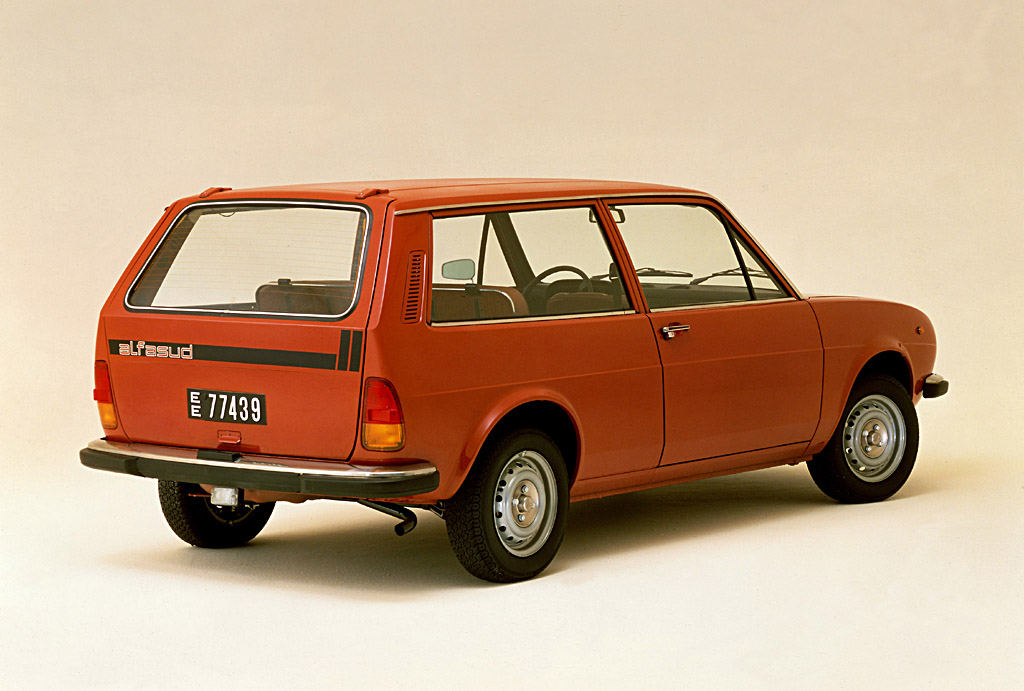
With the advent of the tailgate in 1981 and the 3-door/5-door bodystyles after 1981, the usability and load capacity of the boot were significantly improved. By then, the Alfasud covered a broader cross-section of the market than any Alfa Romeo had covered before.
Though, as mentioned earlier, the Sprint continued until 1989, the Alfasud story came to an end in 1984. Its successor, the Alfa 33 would not enjoy the same success and financial problems would limit the company’s progress until it was taken into the Fiat empire.
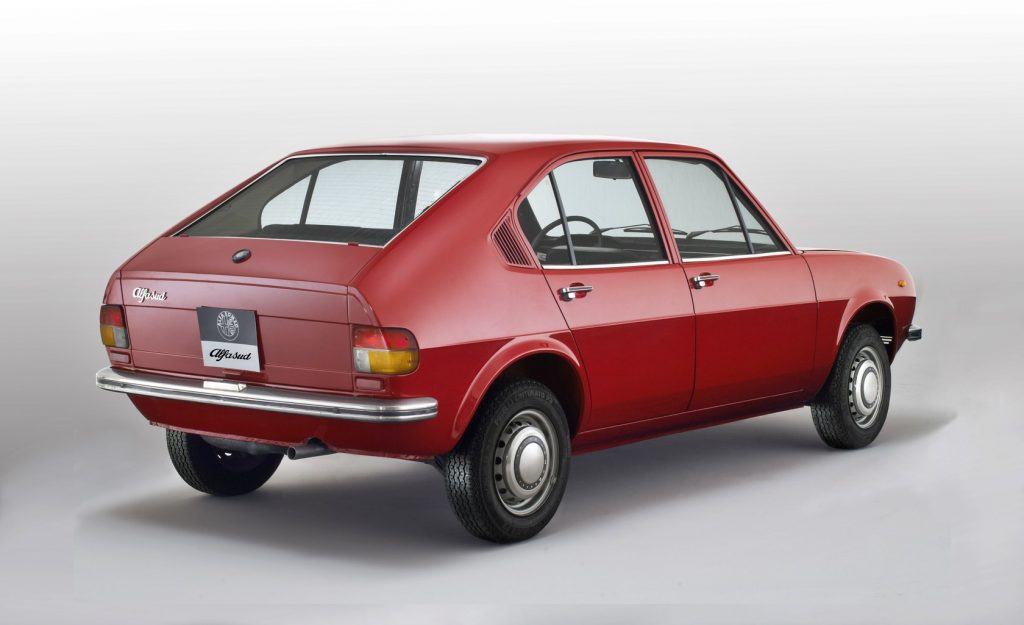
Thus, from a commercial perspective, the Alfasud could be considered as Alfa Romeo’s last success. It was born in a different era in the industry, one where engineers and designers had more freedom to be creative and innovative, and numbers were not all that mattered.




